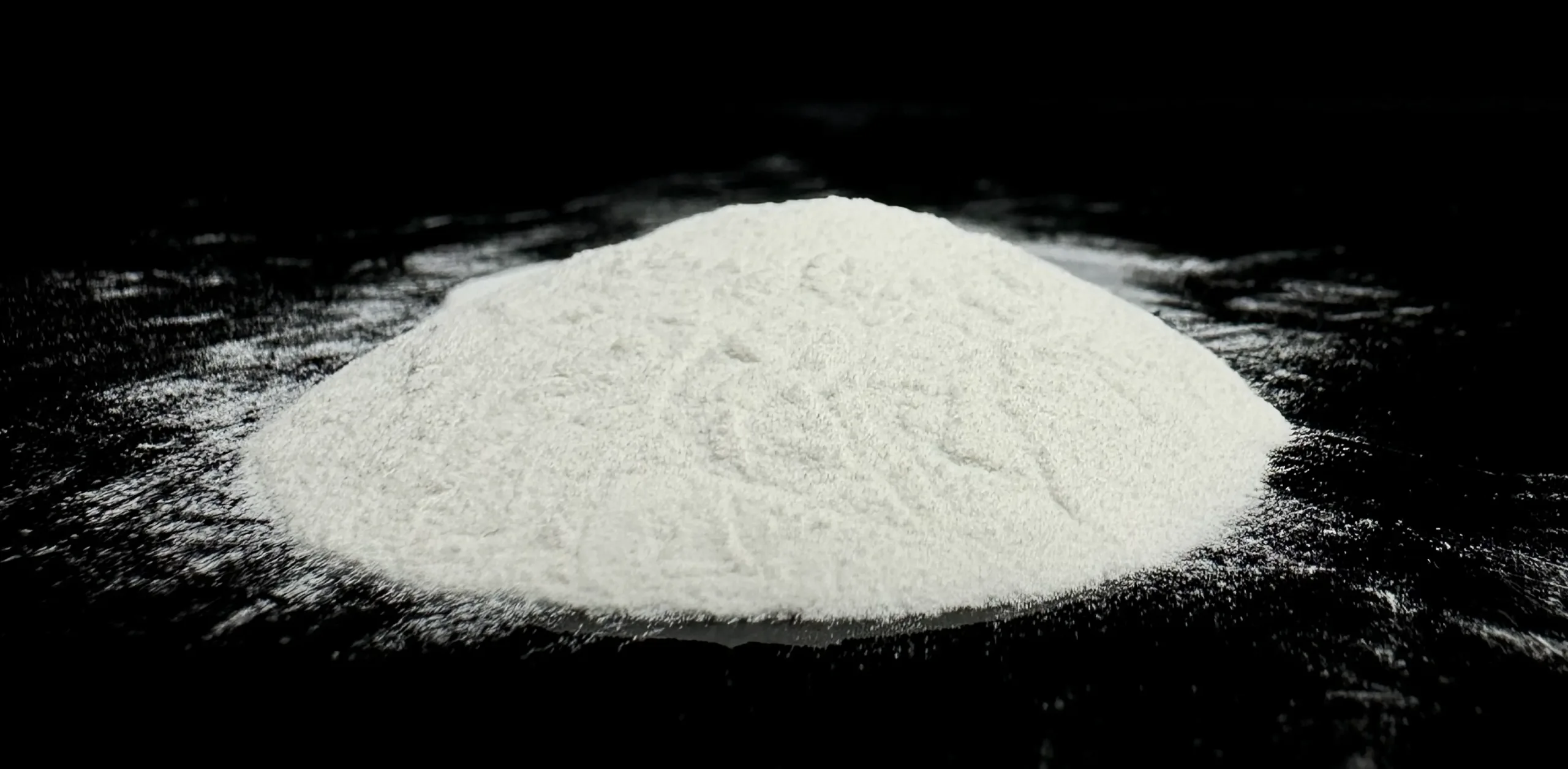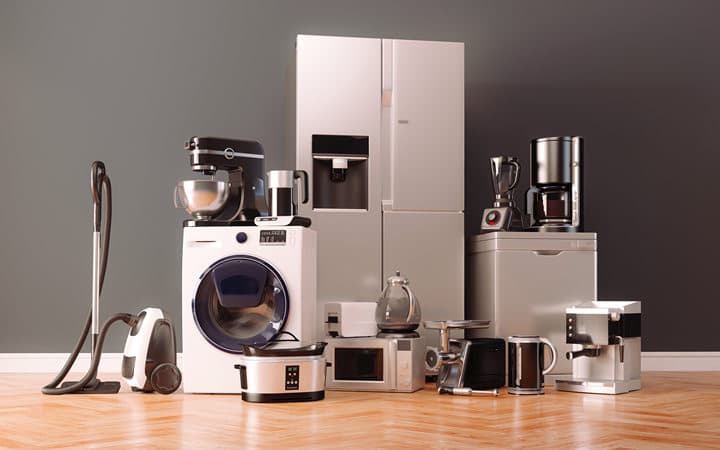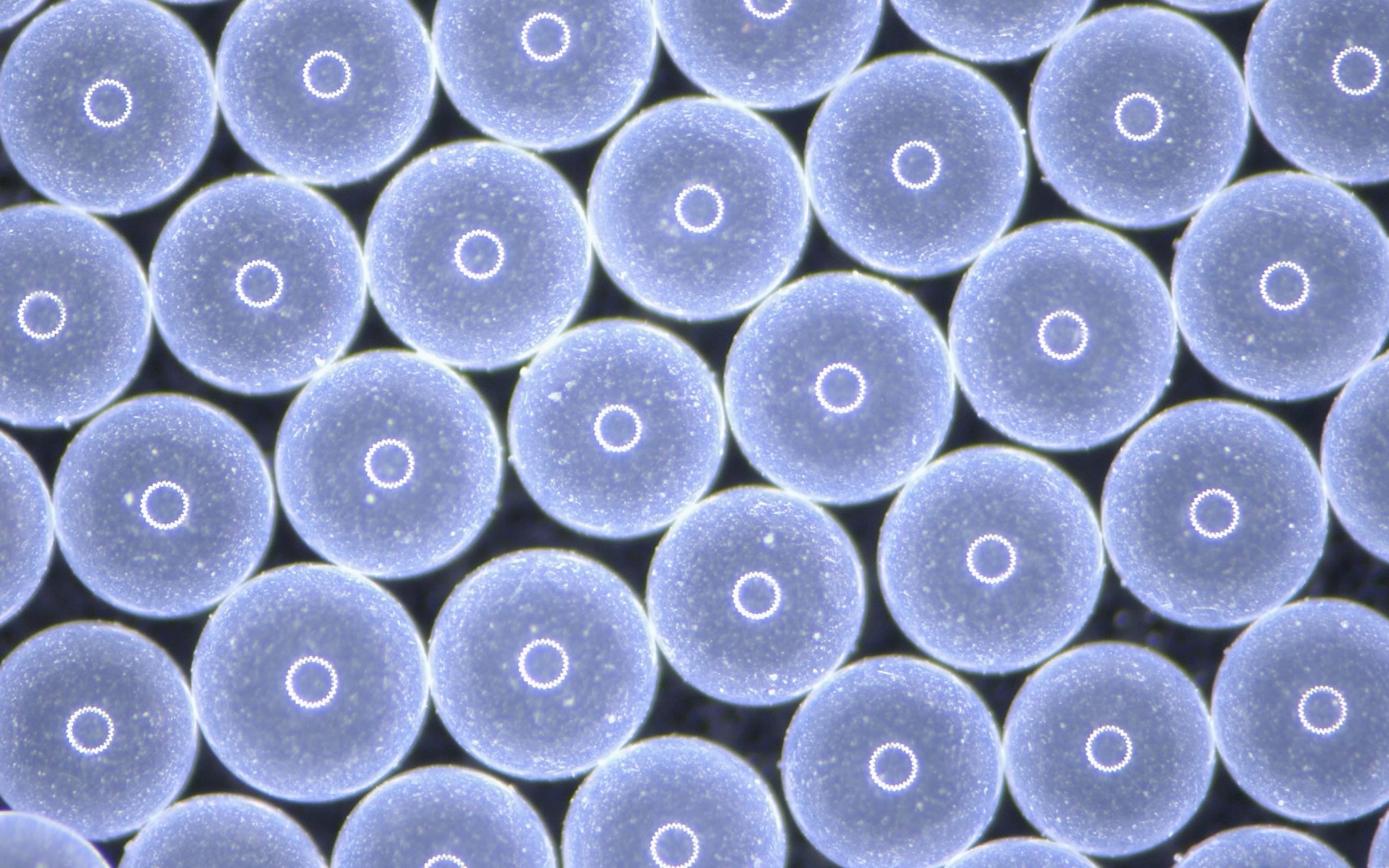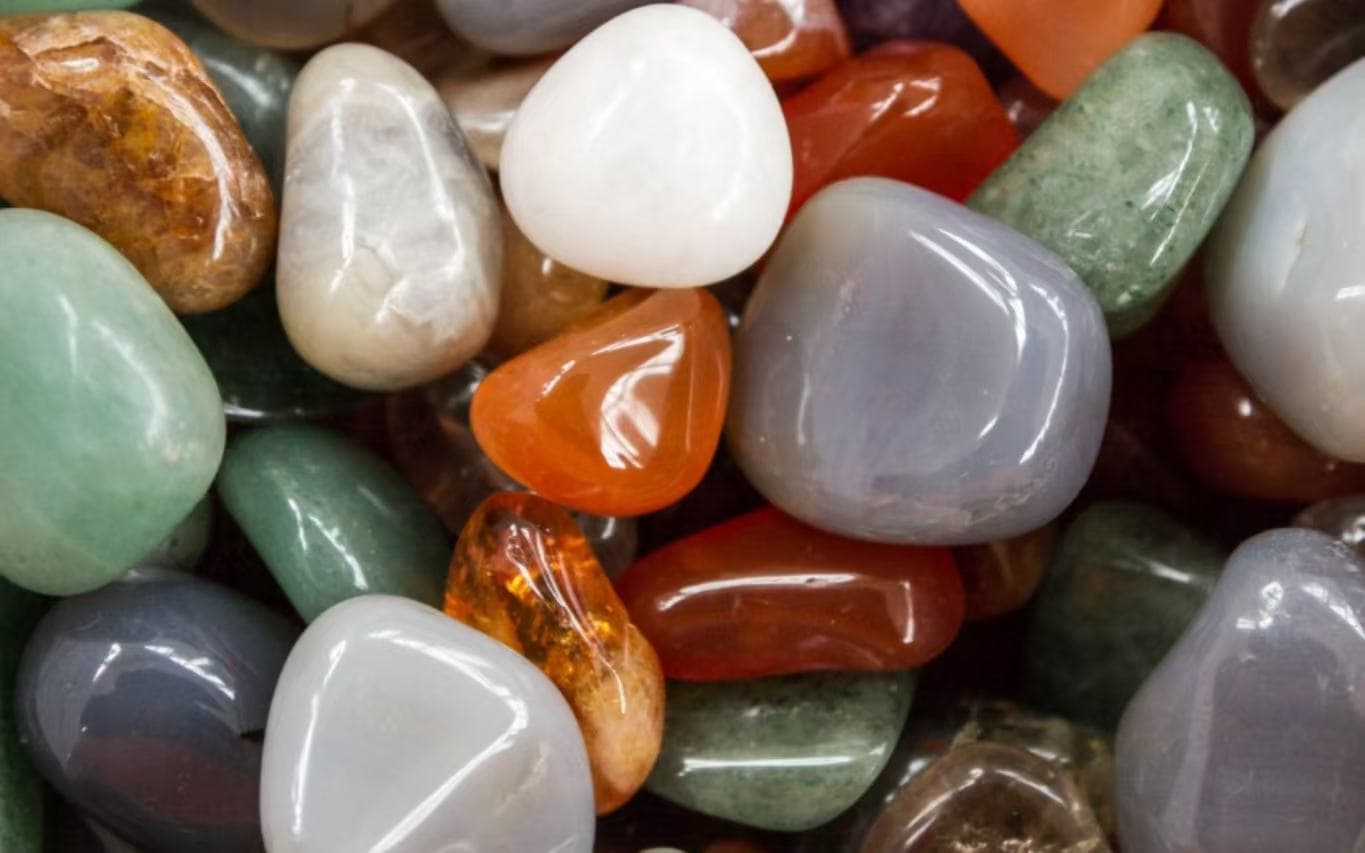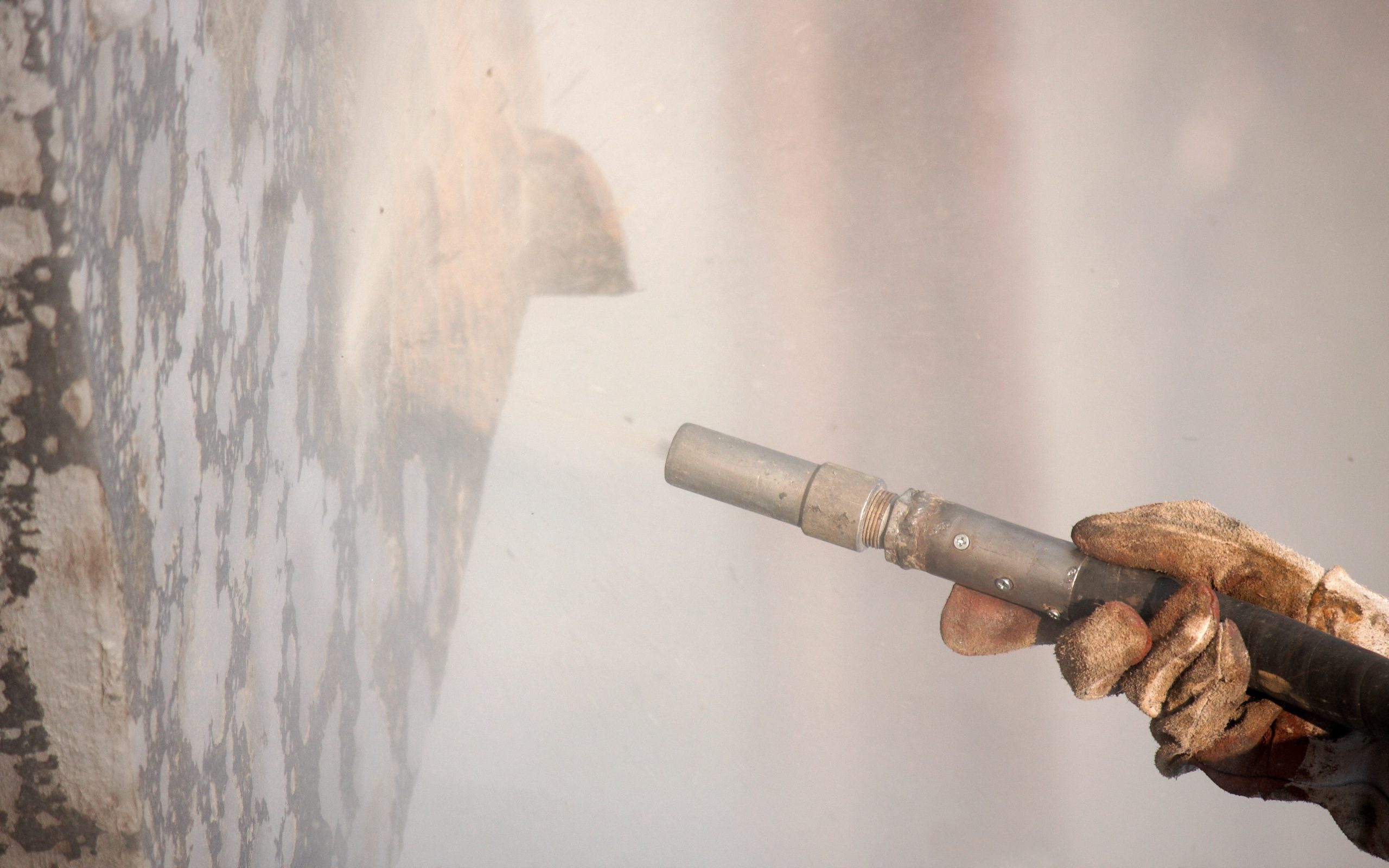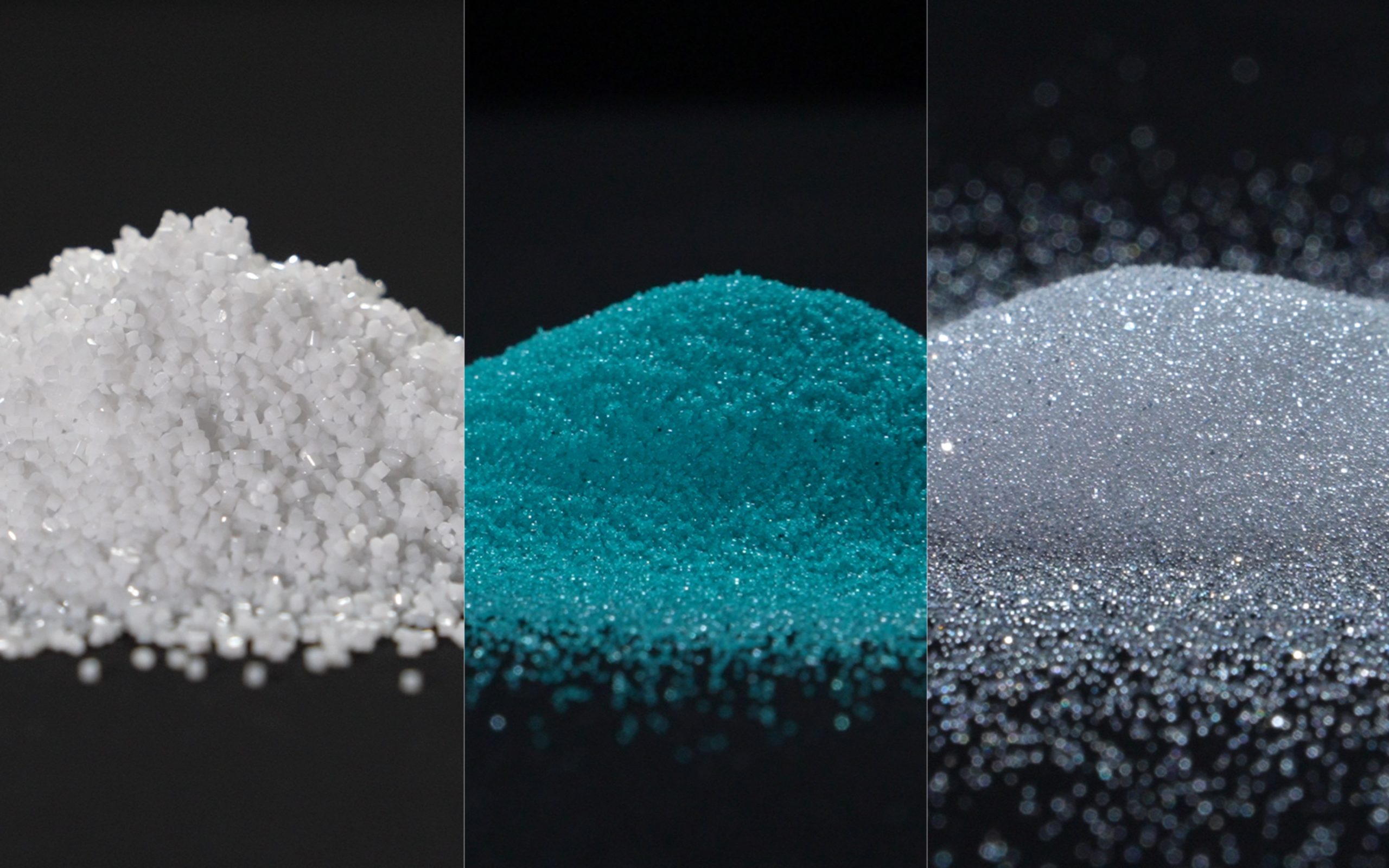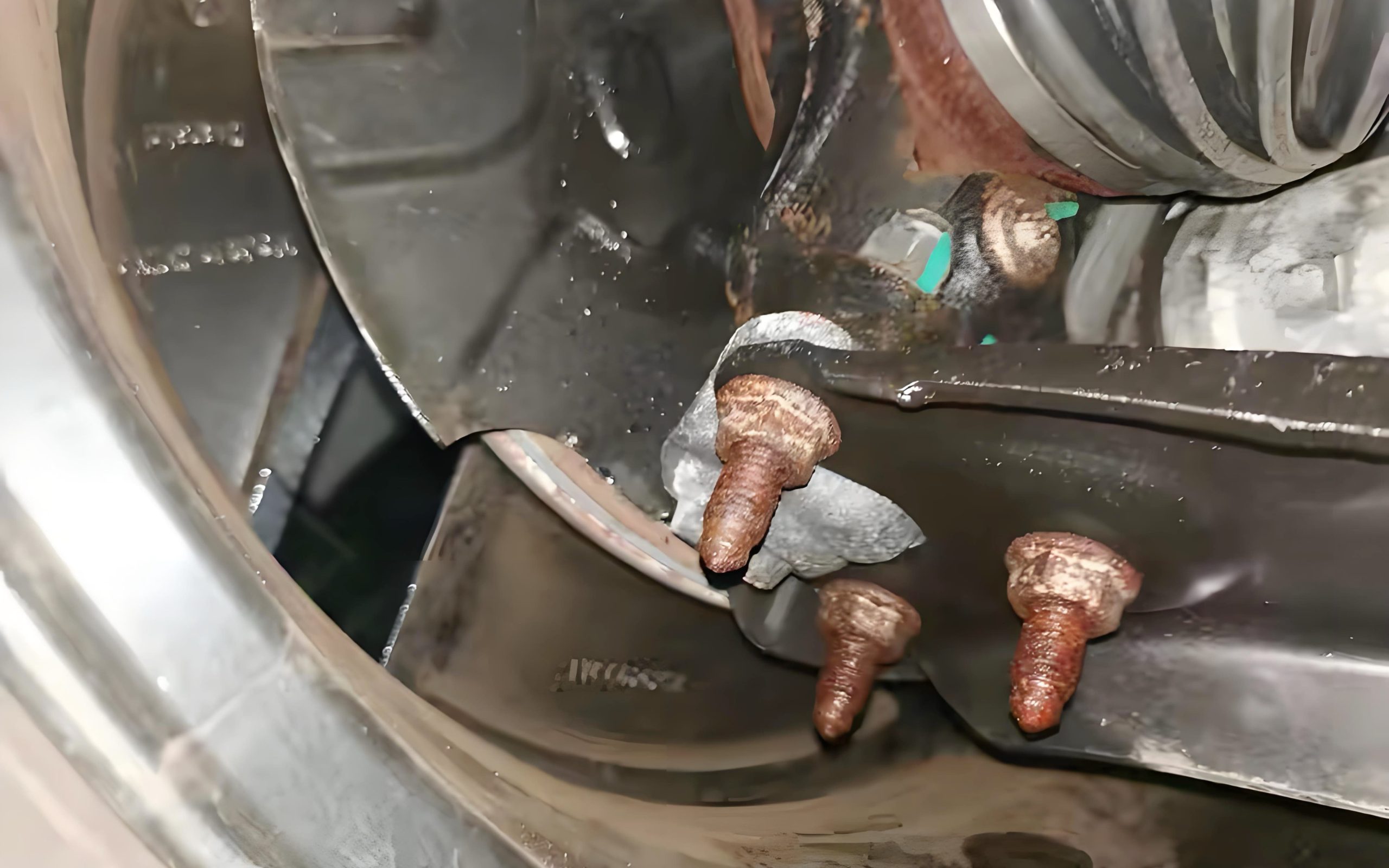How does sandblasting enhance the visual effect of artistic etching?
November 6, 2024

In recent years, artistic etching works have attracted public attention due to the hot topic of “nightmare art etching”. As an effective engraving method, sandblasting etching can transform artistic design into a visually impactful effect and make the surface more layered. Sandblasting technology can inject unique aesthetic elements into architecture and interior decoration, whether on glass, metal, marble, or other stone materials.
This article will focus on the application of sandblasting etching in design and explore how it can create eye-catching effects in outdoor decoration, luxury interiors, art installations, high-end furniture, and other fields. It will pay special attention to how sandblasting etching responds to customer needs and the applicability of different materials and list common questions and answers.
Application of sandblasting etching
Outdoor decoration: sculptures, walls, and building entrances
Outdoor decorative materials must withstand the erosion and wear caused by climate change. Sandblasting etching not only copes with this problem but also provides a long-lasting and unique decorative effect. The sandblasting process is highly weather-resistant and its effect is not easy to fade or damage even after long-term exposure to outdoor environments. In addition, the effect of light and shadow interweaving makes the sculptures show different levels of visual experience under natural light. For example, the New York public sculpture project uses sandblasting to carve exquisite patterns on the stainless steel surface, which enhances the artistry and ensures the stability of long-term use.
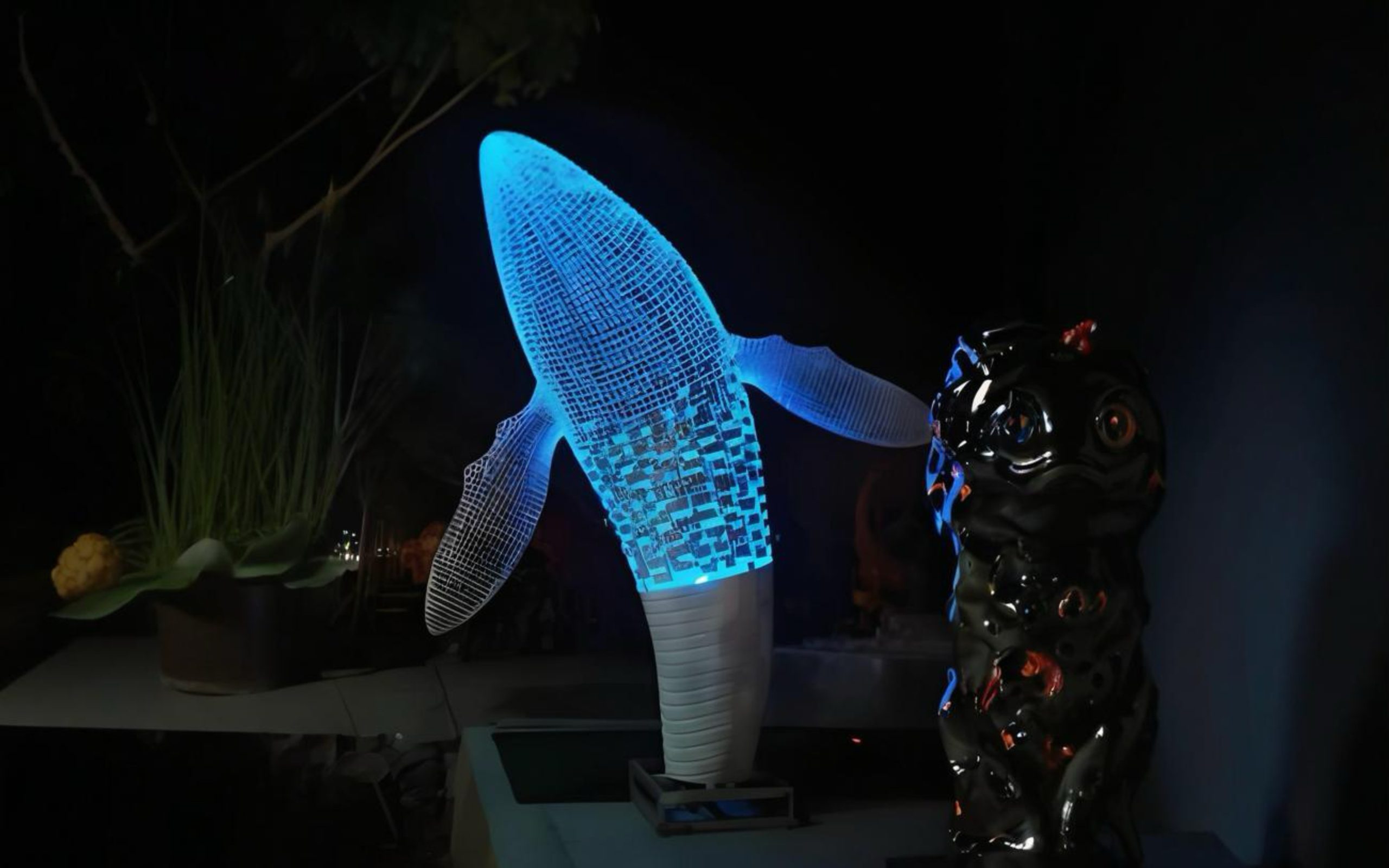
Etched stainless steel whale sculpture in the park
Luxury interior: theme wall of hotel lobby and commercial space
Because of the delicate texture and light and shadow layering brought by sandblasting carving, it can add a unique artistic atmosphere to the space and enhance the brand’s appeal. Therefore, in high-end hotels or commercial spaces, visually impactful decorations are usually required to attract and retain customers. The decorative wall completed by sandblasting etching can be customized according to the brand and create a unique visual memory. For example, a five-star hotel in Las Vegas has set up a sandblasted glass wall in the lobby, making it a landmark decoration that attracts a large number of customers.
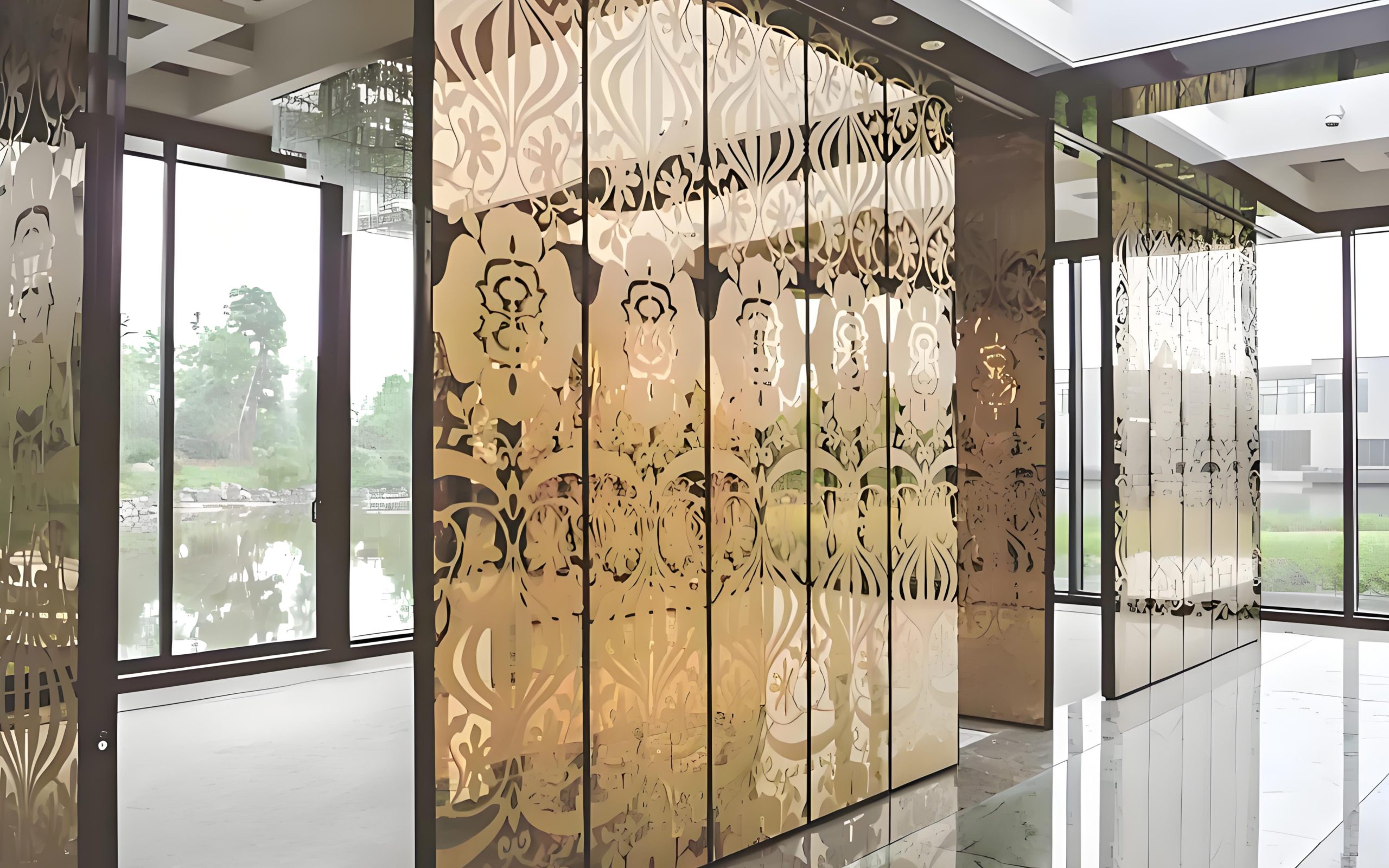
Etched partition glass in the hotel
Art installations and custom decorations
Many art installations are limited by the choice of materials and it is difficult to express complex patterns. The high-precision carving of sandblasting technology can show multi-level visual effects on transparent or translucent materials, making art installations present a variety of forms at different angles and light. Therefore, in art galleries, museums, and other art venues, sandblasting etching is often used to make these installations.
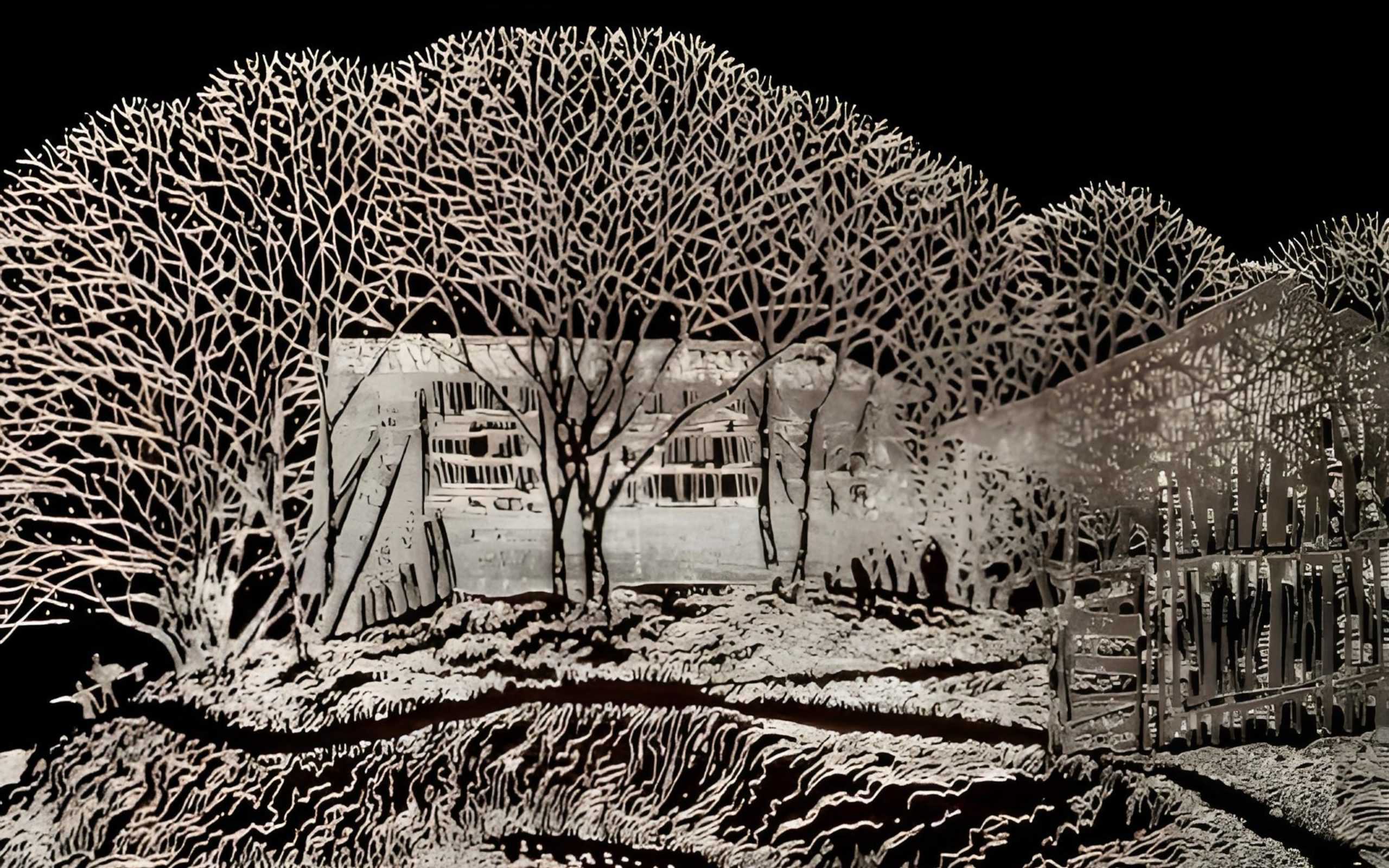
Artistic etchings
High-end furniture and decorations
The high-end furniture market often has high requirements for material texture, but traditional craftsmanship makes it difficult to fully express the natural beauty of materials. Sandblasting etching can show the delicate texture of natural materials through meticulous carving techniques, increase the handmade texture, and make the furniture surface more three-dimensional and artistic.
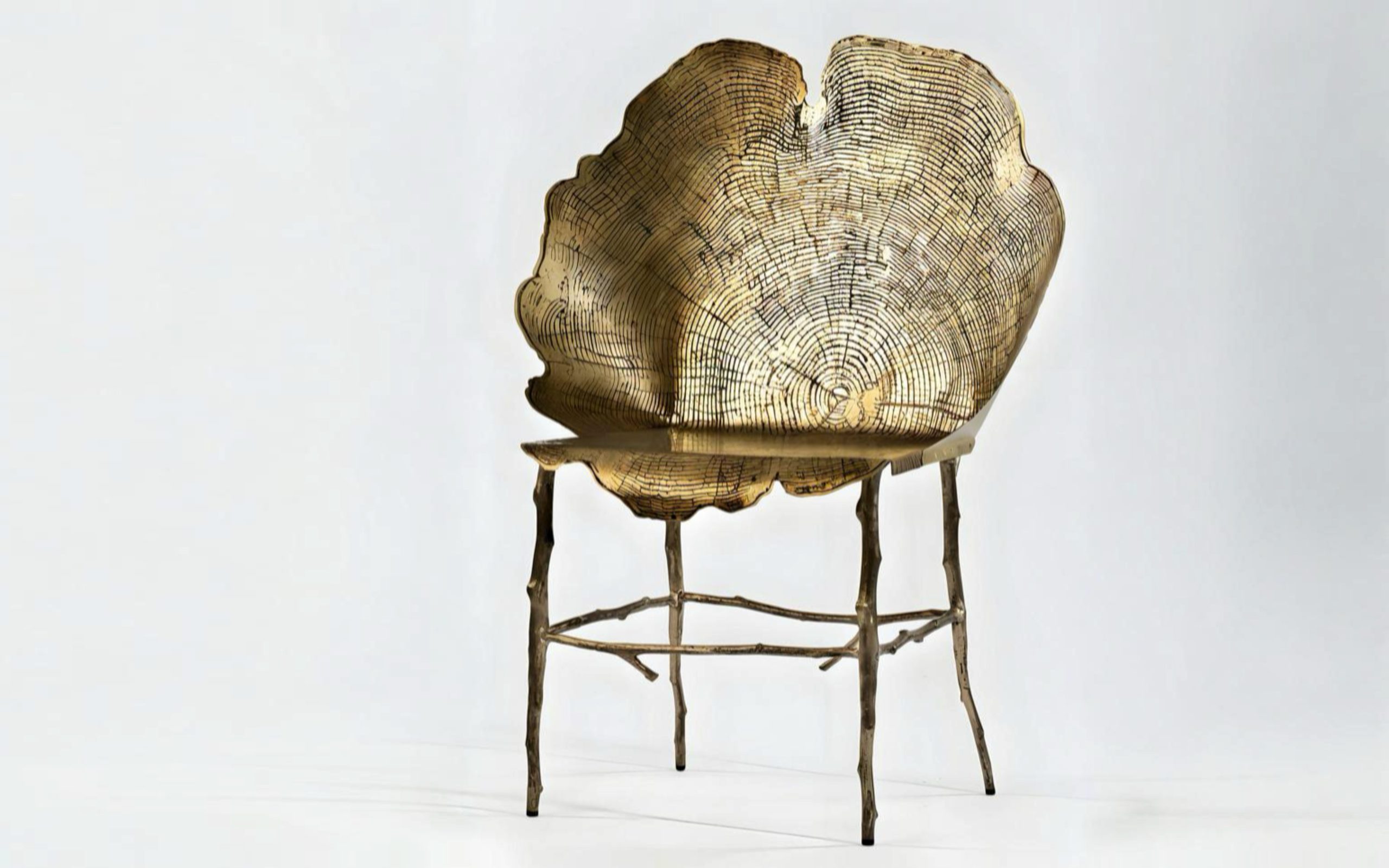
Furniture works by Israeli artists
Theme venue design
Theme venue design usually requires differentiated decorative elements to attract customers. Sandblasting etching can meet this demand through unique texture and pattern design. If a theme cafe carves a brand logo on the glass wall, customers can experience the unique brand culture in the changing light and shadow. Therefore, many theme restaurants, cafes, and other commercial places use sandblasting etching to customize the pattern design on the wall or table decoration to enhance the space atmosphere.

Logo etched on the store entrance
Different application effects of sandblasting etching
The uniqueness of sandblasting etching is that it can be applied to a variety of materials. The surfaces of different materials will present their own unique texture and visual effects after sandblasting. The following will specifically analyze the application effects of sandblasting etching on four common materials: marble, glass, metal, and wood, and explore its application in actual projects.
Marble: Increase artistry and anti-slip performance
Customer pain point: Marble is prone to safety hazards due to its smoothness. Sandblasting etching can not only improve its anti-slip performance but also add a unique decorative effect to it, solving visual and practical needs.
Application effect: The marble surface can enhance the visual layering and tactile roughness through sandblasting etching, which is especially suitable for marble walls and floor decoration in places such as hotel lobbies, luxury residences, and high-end shopping malls. The etching process not only gives the marble a unique texture effect but also effectively increases its anti-slip performance. The sandblasted marble floor has a delicate texture design, which makes the lobby both artistic and anti-slip. In addition, this type of marble is extremely durable and suitable for places with large traffic.

Marble Etching Demonstration Pattern
Glass: Achieve translucent effects and delicate textures
Customer pain point: Glass partitions often face the problem of insufficient privacy. Sandblasting etching can improve privacy through pattern design while maintaining the modernity and transparency of glass.
Application effect: Sandblasting etching can carve clear patterns and delicate textures on glass, creating a soft translucent effect. The etching of glass materials is mostly used in glass doors, partitions, and decorative windows to enhance privacy and aesthetics. Sandblasted and etched glass partitions are usually used in modern office buildings, which can provide employees with a certain degree of privacy without affecting the overall sense of transparency and adding a sense of layering to the space.

Office frosted partition
Metal: Improve texture and durability
Customer pain points: Metal decorations are often oxidized and corroded due to long-term exposure to outdoor environments. Sandblasting etching can provide protection and give metal surfaces more design options.
Application effect: Sandblasting etching is often used on metal materials such as stainless steel and aluminum. By etching textures, it adds a delicate texture to the metal surface and improves its corrosion resistance and wear resistance. It is especially suitable for outdoor sculptures, building exterior wall decorations, and metal parts in high-end furniture. For example, the iconic sculptures in the square will use sandblasted and etched stainless steel surfaces to carve exquisite textures, so that the sculptures will present a rich effect under different angles of light while improving their durability.
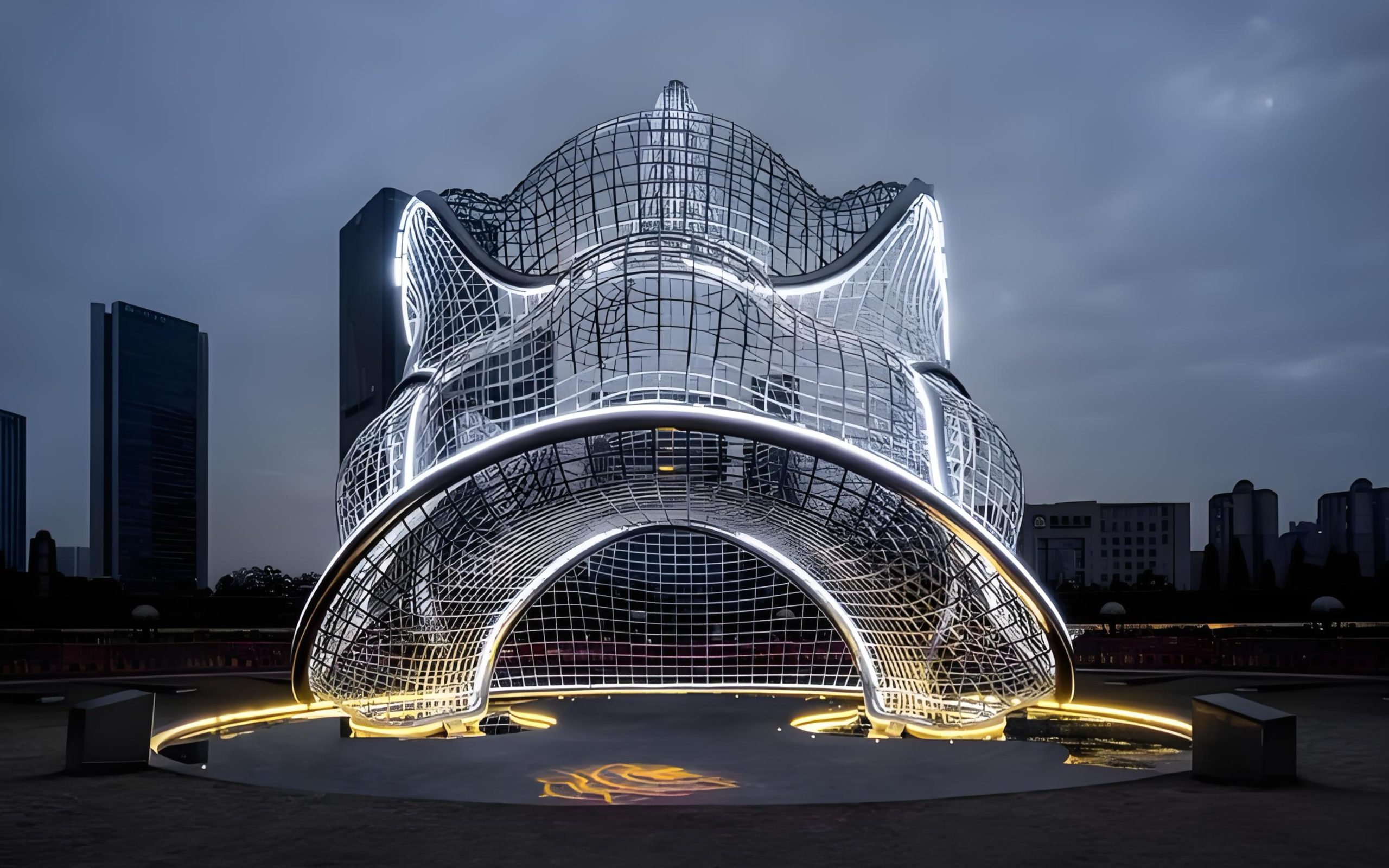
Outdoor Metal Installations
Wood: Enhance Natural Texture and Durability
Customer Pain Point: Wood decoration often loses its gloss or texture after long-term use, while sandblasting etching can not only make the texture more prominent but also extend the visual life of the wood.
Application Effect: Sandblasting etching can strengthen the texture of the wood surface, giving it a unique handmade texture. This type of etching is common in the custom design of high-end furniture, interior decorative walls, and theme places, which can make the space atmosphere more natural and warm.
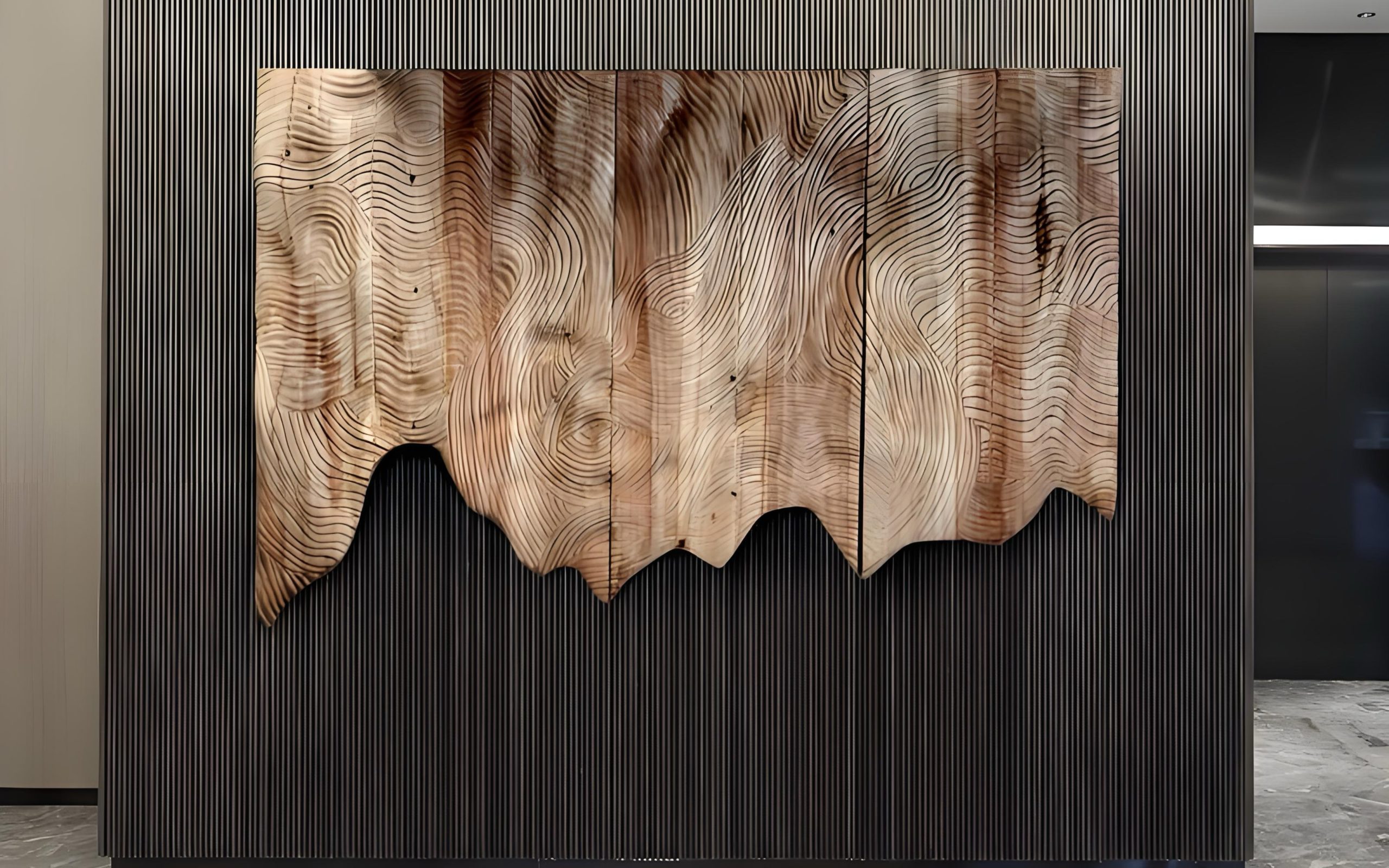
Wooden Etched Decorative Wall
Media and Equipment Selection
During the sandblasting etching process, it is crucial to choose the right sandblasting media and equipment. The right media can not only improve the etching effect but also ensure that the surface of the material is not excessively damaged. Below we will discuss several common sandblasting media and corresponding equipment types.
Sandblasting Media Selection
- Glass Beads are a common sandblasting medium suitable for etching a variety of materials such as stainless steel, aluminum, copper, and glass. Its smooth surface and low-cutting ability make it an ideal tool for surface flattening and gloss enhancement. The benefit of glass beads is that they cause less damage to the surface of the material and can produce a matte or smooth effect, which is very suitable for details and precision sandblasting etching.
Suitable for fine engraving needs such as metal decoration and glass decoration, especially for occasions where precise control of gloss is required.
- Alumina is a hard sandblasting medium with strong cutting force, suitable for pre-treatment of marble, stone, and metal. Alumina can quickly remove surface irregularities and flatten the substrate surface to prepare for subsequent fine etching and polishing. Its high hardness makes aluminum oxide highly corrosive when sandblasting, so it is very effective when rough machining is required.
Commonly used for decontamination and pre-treatment of metals, or to create deep etching effects on marble and other hard surfaces.
- Ceramic beads are a durable sandblasting medium suitable for high-pressure sandblasting operations. Its hardness and wear resistance make ceramic beads an ideal polishing material, especially in the process of fine etching to reduce the generation of micro scratches. The uniformity of the particles and high durability of ceramic beads ensure long-term use without excessive wear, suitable for fine surface treatment.
Commonly used for precision surface etching of materials such as metal and glass, especially for design projects with extremely high requirements for details.
- Polystyrene beads have low cutting properties during sandblasting and are mainly used for finer etching. Suitable for applications where surface finish is required, polystyrene beads can effectively remove tiny stains on the surface and give the material a soft gloss. It is particularly effective for softer materials (such as wood, plastic, etc.) and will not damage the surface structure.
It is suitable for decorative arts and crafts that have high requirements for surface gloss and fineness and is commonly seen in exquisite interior decoration.
Sandblasting equipment selection
During the sandblasting and etching process, the choice of sandblasting equipment directly affects the final etching effect. Different equipment is suitable for different application requirements and types of materials.
- Pneumatic sandblaster
A pneumatic sandblaster is a common sandblasting equipment that uses compressed air to accelerate the sandblasting medium and then spray it onto the target surface. The equipment is highly flexible and can handle materials of various sizes and shapes. It is widely used for fine sandblasting etching on surfaces such as glass, metal, marble, etc. Pneumatic sandblaster is suitable for fine crafts and medium-sized sandblasting operations.
The advantages are high efficiency and easy operation, suitable for small and medium-sized etching operations. Generally used for interior decoration, artistic sculpture, and surface treatment of precision parts.
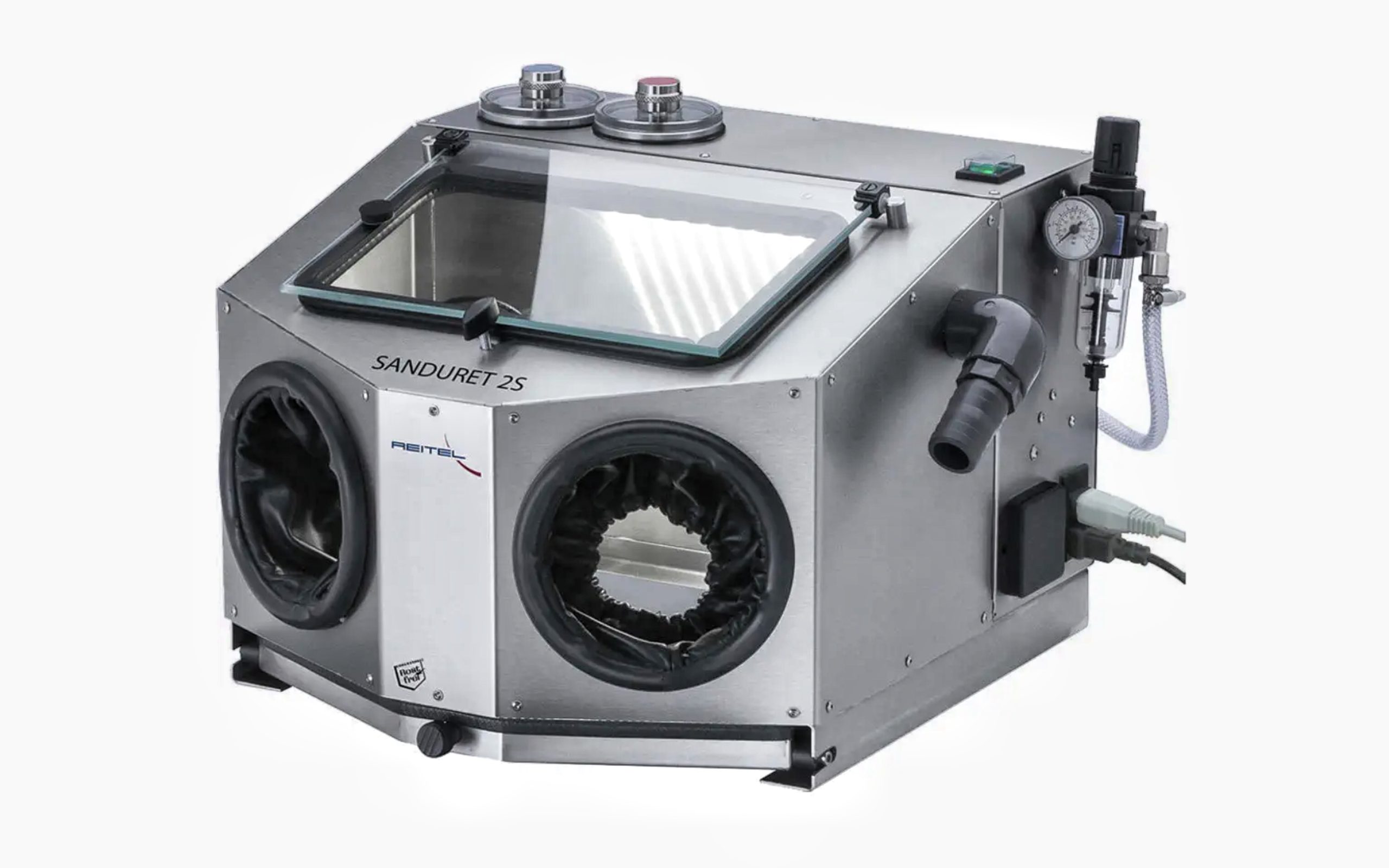
Pneumatic sandblaster
- Wet sandblasting machine
The wet sandblasting machine uses liquid combined with sandblasting media for spraying. This method effectively reduces dust and can blast the surface more evenly. Wet sandblasting is often used to process thicker or more difficult-to-match materials, especially those that require higher surface gloss or avoid excessive heat accumulation.
The advantages are that it provides higher safety, reduces dust, and improves the comfort of operation. Commonly used in outdoor sculptures, art installations, and large-scale building surface treatment.

Wet sandblasting machine
- Automated sandblasting system
An automated sandblasting system is suitable for large-scale production or high-repetition sandblasting and etching needs. The system can control the movement path, pressure, and speed of the sandblasting machine through a computer to provide higher accuracy and consistency. The automated sandblasting system can greatly reduce manual operation, improve production efficiency and consistency, and is suitable for large-scale production of artistic decoration products.
The advantages are high efficiency, stability, precision, and reduction of human errors. It is generally used for surface etching treatment of large-scale architectural decoration and industrial products.
Common problems and solutions
Q1: Will etching damage the surface of the material?
A: Choosing the right abrasive and pressure will not damage the surface of the material, but will bring a delicate texture and smooth effect.
Q2: Can sandblasting etching be used outdoors?
A: Yes, but you need to use weather-resistant materials such as glass or stainless steel to prevent the influence of the external environment.
Q3: Can the sandblasting medium be reused?
A: Highly durable media such as ceramic beads can be reused several times, which is economical and efficient; glass beads are relatively fragile and are used less frequently, which is suitable for delicate projects.
Q4: Does sandblasting etching affect the light transmittance of glass?
A: Etching can adjust the light transmittance of glass and achieve a variety of effects such as matte and translucent according to needs.
Q5: Which machine is suitable for etching large outdoor sculptures
A: Automatic sandblasting machines are suitable for processing large surfaces, and combined with CNC equipment, the uniformity and fineness of the pattern can be guaranteed.
Q6: Is sandblasting etching suitable for all metals?
A: Not applicable. Soft metals (such as aluminum) may be over-etched, and the sandblasting technology needs to be adjusted according to the type of metal.
Q7: How to prevent the surface from discoloring after etching?
A: Choose the right medium and use a protective coating or cleaner after etching to avoid metal oxidation.
Q8: What is the effect of sandblasting etching on glass?
A: Sandblasting etching can produce very delicate texture effects, but be careful to avoid cracking due to excessive etching.
Q9: How complex can the etching pattern be?
A: The pattern can be very complex, but it requires the use of precise sandblasting equipment and suitable templates.
Q10: How does sandblasting etching work on marble?
A: Sandblasting etching can create a layered artistic effect on marble, but it requires fine control of the strength.
Q11: How to ensure the uniformity of the etching pattern?
A: Keep the sandblasting distance and angle consistent, use the appropriate air pressure and abrasive to ensure uniform sandblasting.
Q12: How durable is sandblasting etching?
A: The durability of the sandblasting etching pattern depends on the selected material and surface protection layer, and the metal surface needs regular maintenance.
Q13: Does sandblasting etching produce too much dust?
A: Yes, so it is necessary to equip a suitable exhaust system and protective equipment to ensure safe operation.
Q14: How to clean the surface after sandblasting?
A: Use mild detergent and soft cloth to clean, avoid using strong corrosive chemicals to protect the etching effect.
In the future architectural decoration industry, sandblasting etching will be more deeply integrated with modern technology. The application of technologies such as laser sandblasting and digital sandblasting will provide designers with more creative tools. At the same time, with the advancement of material science, new sandblasting media and tools will promote the development of etching art in a more refined and diversified direction.




